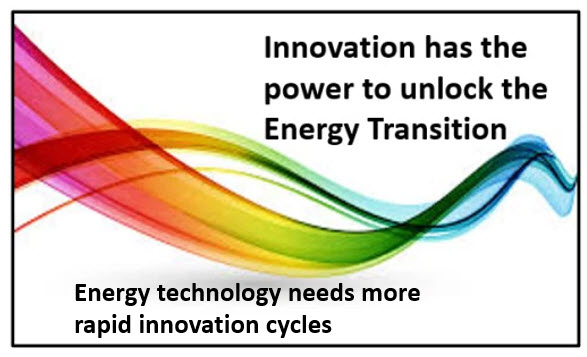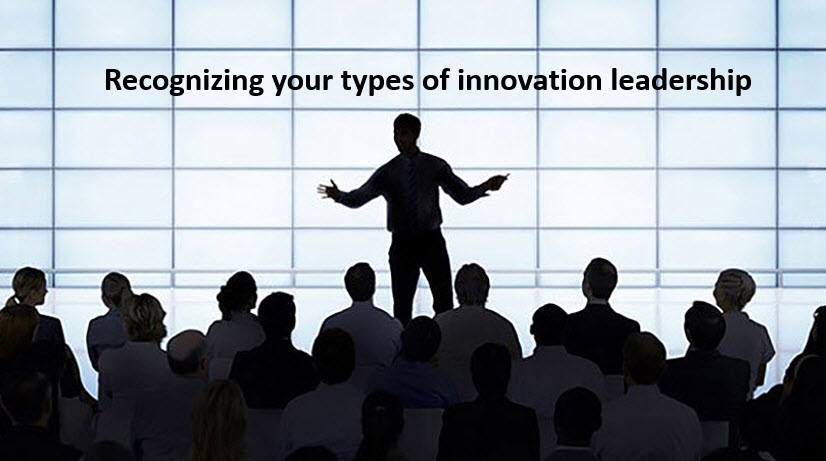 We first need to recognize that there are twin forces at work, feeding off each other. We are facing greater disruption and an increasing innovation pace.
We first need to recognize that there are twin forces at work, feeding off each other. We are facing greater disruption and an increasing innovation pace.
These twin forces are constantly seeking out for combining, relentlessly adding the new shape to our future. We are caught up in a very revolutionary period. The prospect of new innovation potential will eventually work through into the world of Industry 4.0 as a major game-changer “.
Innovation is ready for those accelerating and being fully committed to their 4IR journey. Then innovation can finally play its true part in discovering, leveraging and delivering new value and impact.
We have to recognize the days of simple product innovation are dwindling. where technology, digital solutions, greater customer insights, where a new breed of designers, engineers, scientists, and software talent are combining built through a platform and new innovation ecosystems thinking, are all emerging. Continue reading “Innovation needs the power of completing the 4th Industrial Revolution”








